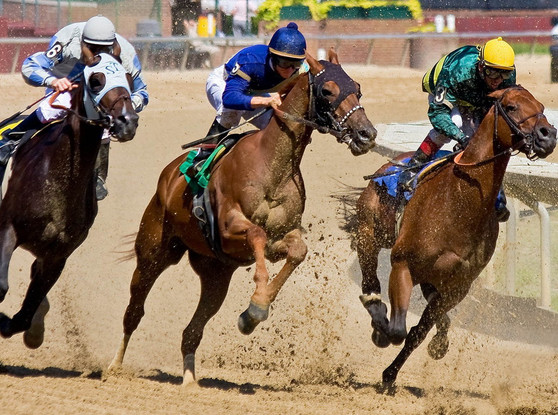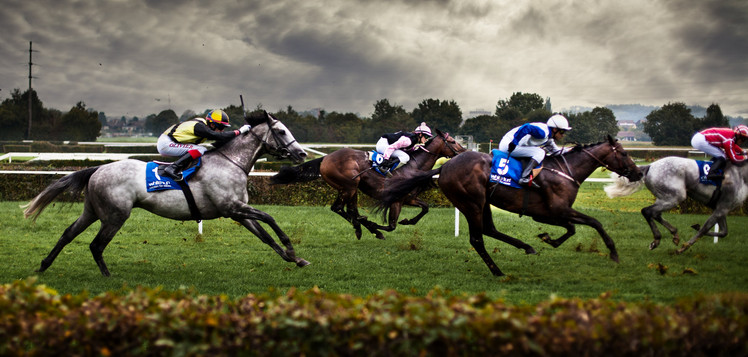It will come as no surprise to anyone that almost all modern horses take part in races and other sports competitions, depending on their indicators of strength, speed and agility, endurance and perseverance.
All the characteristics and capabilities of horses are most often divided by breed. For example, thoroughbreds are invincible in speed, Arabian horses show tremendous strength, and the heavy-horse breeds are not comparable to anyone in their power and endurance, etc. Most often, the horses are selected for racing according to specific requirements, trained and prepared for competition for many years. And it is very important for trainers and other professionals to select horses of practically equal performance, so that regular races were unpredictable and exciting.

Participants: jockey, trainer, starter
Today horse races are held not only for entertainment and maintaining the sport and sports spirit, with the help of such “competitions” the strongest individuals in the pedigree are selected for further breeding of the breed. Horses start their sporting careers at the age of 2 to 4 years, each horse takes part in its first race at a distance of 1 km. At the age of 2 years horses are allowed to race to a distance of no more than 1600 m, after a season these horses can compete on a racetrack with a length of 1400 m and after some more time to 2400 m. And the way to the longest distances – 5, 7 and even 10 km – is already open for the four-year-olds.
In addition to the horses, other participants also play a decisive role in the race:
- A jockey is a rider who contributes in every possible way to winning and making sure that his horse comes to the finish line first, coping with any barriers and obstacles. Such a person, first and foremost, should have the best physical data, be light in weight, flexible and perfectly able to cope with the management of horses. As an outfit, the jockey wears: high boots, helmet, breeches and shirt, as well as a protective helmet. The shirt is usually the color that symbolizes the color of the horse owner. Not all types of racing, but most require protective gear-a helmet and vest. In addition, jockeys wear safety glasses during races.
- The trainer is the person who is responsible for selecting horses according to the weight category and for selecting the harness. It is the trainer who can apply to the relevant authorities for further participation in the race of a particular horse and its jockey.
- Starter – this person prepares the horse and its jockey and helps them to start the race correctly. If, for any reason, a team cannot continue in the race, it is the Starter who must inform the Jury and explain the conditions.

Besides the main actors actively taking part in the race, there are a number of people additionally performing official duties:
- Secretary, who is in charge of the track and who draws up the race plan;
- A handicapper, who prepares the extra weight according to the rules of the handicap race;
- weigher, who weighs all the horses competing in a race;
- the judge, the main person who announces the results of the competition;
- the starter, namely the person who gives the signal to start.
In this case, each racing participant is an inseparable link in the same chain, without which regular horse racing and equestrian sport competitions cannot begin and be properly conducted.
